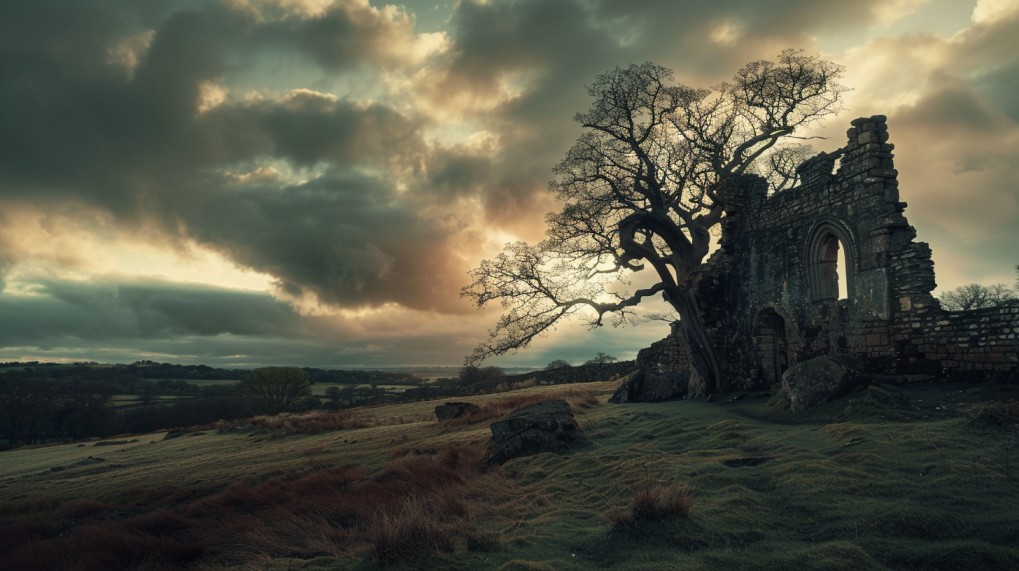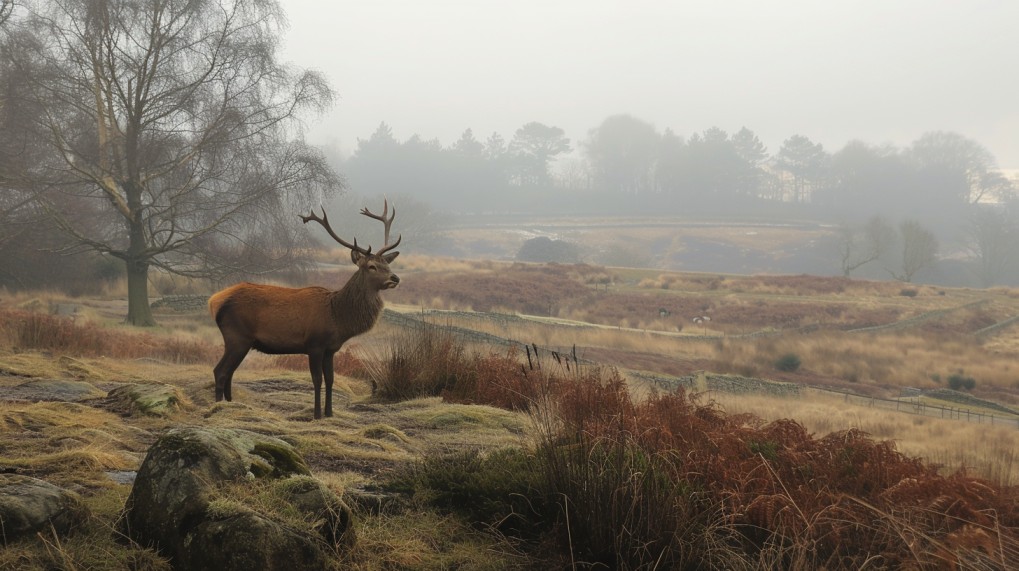Bradgate Park, located in Leicestershire, England, is a public park that covers 850 acres (340 hectares) of Charnwood Forest. Its history dates back to medieval times when it was part of the Manor of Groby, owned by a Saxon nobleman named Ulf before the Norman Conquest in 1066. The park’s first mention was in 1241, and it was originally enclosed as a hunting park, smaller than its current boundary.
The Ownership History of Bradgate Park
The park remained in the de Ferrers family until 1445 when it passed to the Grey family after William’s only surviving daughter married Edward Grey. The name Bradgate is thought to derive from Norse or Anglo-Saxon, meaning “broad road” or “broad gate,” respectively.
| Year | Owner |
|---|---|
| Before 1066 | Owned by Saxon nobleman Ulf |
| 1066 | Passed to the de Ferrers family after the Norman Conquest |
| 1445 | Passed to the Grey family after William’s daughter married Edward Grey |
| 1928 | Bought by Charles Bennion and given to the people of Leicestershire |
The Deer Park and Bradgate House

The park is known for its medieval deer park, which has herds of roe and fallow deer that have roamed the park for over 800 years. The deer herd is approximately 550, with three-quarters being fallow deer, which are better suited to the open parkland areas.
Bradgate House, built in the 15th century by Thomas Grey, Marquess of Dorset, is a notable feature of the park. It was one of the first houses in England to be built with brick, a high-status building material at the time, and one of the first large houses to be built without fortifications, reflecting the relative peace of the early Tudor period. Lady Jane Grey, the future “Nine Days Queen,” was born at Bradgate House in 1537 and spent her childhood there. The house fell out of use in the 18th century, and the Grey family moved to another of their houses.
The Geological Significance of Bradgate Park
The park is also home to an iconic 18th-century folly, Old John, built in 1784, which stands some 690 feet above sea level on top of the highest hill in Bradgate Park. The park is a designated Site of Special Scientific Interest (SSSI), a testament to its unique natural history and geology.
Bradgate Park is known for its diverse geology, including ancient volcanic rocks, fossils, and unique geological formations. The park’s landscape was shaped by glacial activity during the last ice age, leaving behind features like rocky outcrops, steep-sided valleys, and glacial erratics. These geological features have made Bradgate Park a popular destination for geologists and nature enthusiasts.
The Preservation of Bradgate Park
In 1928, Charles Bennion bought Bradgate Park and gave it to be preserved in its natural state for the quiet enjoyment of the people of Leicestershire. The park is now administered by the Bradgate Park and Swithland Wood Charitable Trust, with trustees nominated by Leicestershire County Council, Leicester City Council, and the National Trust.
Today, Bradgate Park is a popular destination for visitors, offering a variety of outdoor activities, including walking, hiking, and wildlife watching. The park’s rich history, stunning natural beauty, and well-preserved heritage make it a must-visit destination for anyone interested in the history and natural wonders of the English countryside.
References:
– A-Z of Heroes, Heroines & Heritage: Bradgate Park
– Bradgate Park, Leicestershire
– Bradgate Park
– Bradgate Park Trust
– Bradgate House, Bradgate Park

